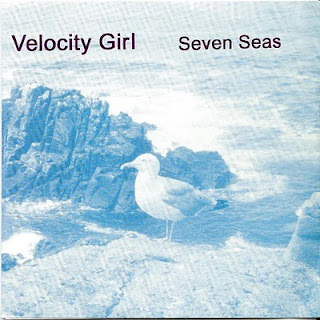This solitary crow was perched upon the cross of a church on Lordship Lane in Dulwich this week. A suitable picture to ponder on this All Hallow’s Eve don’t you think?
As the skies darken and the nights draw ever closer now is the time of year when birds of the corvid family (crows, magpies, ravens, jackdaws, rooks and jays) really come into their own. Watching a dark silhouette glide overhead or listening to the eerie sounds of a Carrion Crow it is easy to see why they often appear in mythology. Jane Struthers’ lovely book, ‘Red Sky at Night- the Book of Lost Countryside Wisdom’, offers one such example. She mentions that Magpies were once thought of as being the Devil in disguise hence the unlucky connotations of seeing one (if true then plenty of His minions are at work round here- or is that just the local council?) But worry not, apparently if you see a Magpie bad luck can be avoided if you greet it politely.
A quick look at some of the collective nouns that have evolved to describe groups of corvids (a murder of crows, an unkindness of ravens, a scold of jays) is further proof of the grip these birds have on the imagination. So tonight's the night to consider corvids- dark, powerful, intelligent...and mystical too.







